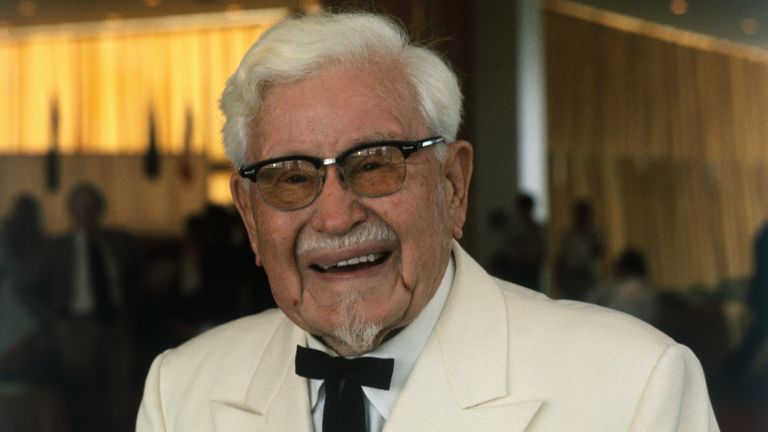Here’s The Real Reason Americans Don’t Wear White After Labor Day
An old rule dictates that we shouldn’t wear white after Labor Day. But... why, exactly? The guidance goes back so far that it’s something your grandparents will likely have been aware of. The "rule" is firmly entrenched in American culture, but its historic origins appear to be less well-known. And as it turns out, the rule has much darker origins than you'd expect.
A real reason to celebrate
These days, Labor Day traditions tend to revolve around sports, store discounts, alfresco dining, and parades. For many people, the holiday is a great opportunity to make new memories with friends and family. However, its origins are perhaps even more honorable, as it was established to celebrate America’s workers.
Yes, while some people see the holiday solely as a day off, others celebrate its true purpose: to honor the hard-working laborers who keep the U.S. afloat.
The unofficial end of summer
Still, the societal aspects of Labor Day are often forgotten in modern times. Instead, the holiday has other facets that have endured. For instance, Labor Day weekend is generally thought of as the unofficial finale of summer. And with that comes a whole host of extra meanings, which historically includes why people should no longer wear white.
And in order to figure out where this odd rule came from, we have to look back to the person who first created Labor Day in the first place.
Who created Labor Day?
No one knows for sure who came up with the concept of Labor Day. Nonetheless, it’s often speculated that a U.S. union chief named Peter J. McGuire gave rise to the idea. In 1881, McGuire established the United Brotherhood of Carpenters.
And the following year, he came up with the idea of a celebration to honor workers in New York’s Central Labor Union. It makes sense that the person who started Labor Day would be a union leader, right?
Workplaces were hazardous and cruel
After all, people depended heavily on unions in order to be kept safe and paid at their laborious jobs. Workplace conditions were a huge problem back then, especially if you were considered to be an unskilled laborer. At that time, lots of Americans worked daily shifts of 12 hours every day of the week.
What's more, many jobs called for heavy exertion in return for meager wages. Workplaces were often hazardous and cruel places as well, and to make matters worse, many children were forced to work in these dangerous settings.

